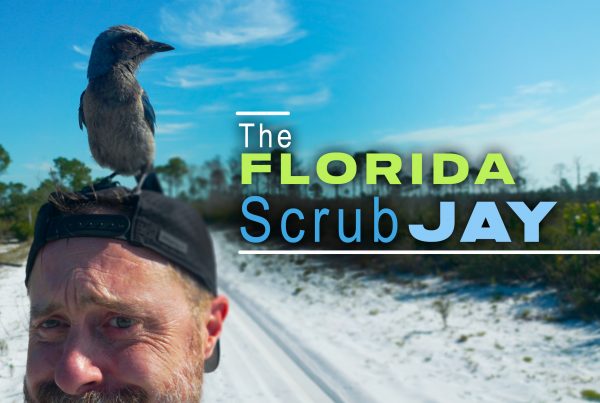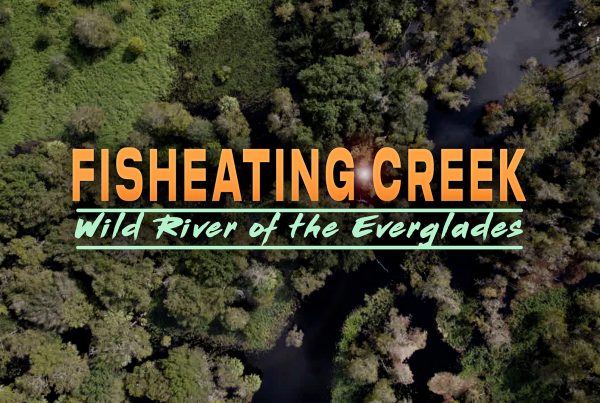A tangled mangrove forest might not be that attractive to your typical beach goer, but they’re pretty darn important. These highly specialized trees perform many functions that we take for granted….or probably don’t even realize.
Mangal: a community or forest of mangrove trees
Lenticel: a pore-like structure found on vascular plants that is designed to absorb oxygen and for the exchange of other gases
Pneumatophore: specialized aerial roots that enable certain plants to breathe air in waterlogged habitats, similar to a snorkel. Black mangroves have pneumatophores, and cypress knees are also considered pneumatophores. The surface of these pneumatophores are covered with lenticels
Exclusion: keeping apart; blocking an entrance
Mangroves: Protectors of the Coast
All around the globe is a tropical and subtropical belt that lies between 25 degrees north latitude and 25 degrees south latitude. Along the warm, shallow coastlines and in the bays and lagoons within this geographical zone lives a tangle of highly specialized trees. We call these trees mangroves. The proper name for this tangled mangrove community is a mangle. I’m not kidding.
In the world there are 110 species of mangroves, but they are not all closely related. They come from a variety of plant families. But there is one thing all mangroves have in common: They can all survive in a salty environment like this that would kill most other trees.
Mangroves have a variety of adaptations that allow them to limit or eliminate salt from their tissues. White and black mangroves, for example, excrete salt crystals from glands on the surfaces of the leaves. In the case of the red mangrove the roots themselves limit the amount of salt that reaches the stems and leaves of the tree. This process, which is not well understood, is called salt exclusion.
The muddy soils that accumulate around mangroves are very low in oxygen due to the heavy load of mangrove leaves rotting there. To compensate for this, the prop roots of the red mangrove are covered with pore-like structures called lenticels that allow oxygen to be absorbed into the root tissues. Black mangroves, on the other hand, have specialized root-like structures called pneumatophores that poke out of the mud like soda straws. These pneumatophores are also covered with lenticels.
In Florida, four species of mangroves predominate. It is interesting that these four grow in bands or zones corresponding to slight differences in elevation. On the highest ground, where salt concentrations in the soil are the greatest, we find the buttonwoods and the white mangroves. In the tidal zone, where constant flushing reduces the salt concentration, we find the black and the red mangroves. Red mangroves grow in the deepest water, held above the tide by their impressive prop roots.
A mangrove forest is a confusing tangle of stems and roots, a mangle, as you remember. There is no way I could run through this stuff. But it is this tangled quality that anchors the soils of our coast. The wave energy of a hurricane or a tsunami would be dissipated by these mangroves, saving the shoreline from erosion and preventing the destruction of homes and businesses further inland.
Before we realized how important mangroves were as a protector of the coast and as a habitat for wildlife, huge stretches of mangrove forest were cut down in Florida and around the world. Now we are replanting mangroves in an effort to reverse this trend.




